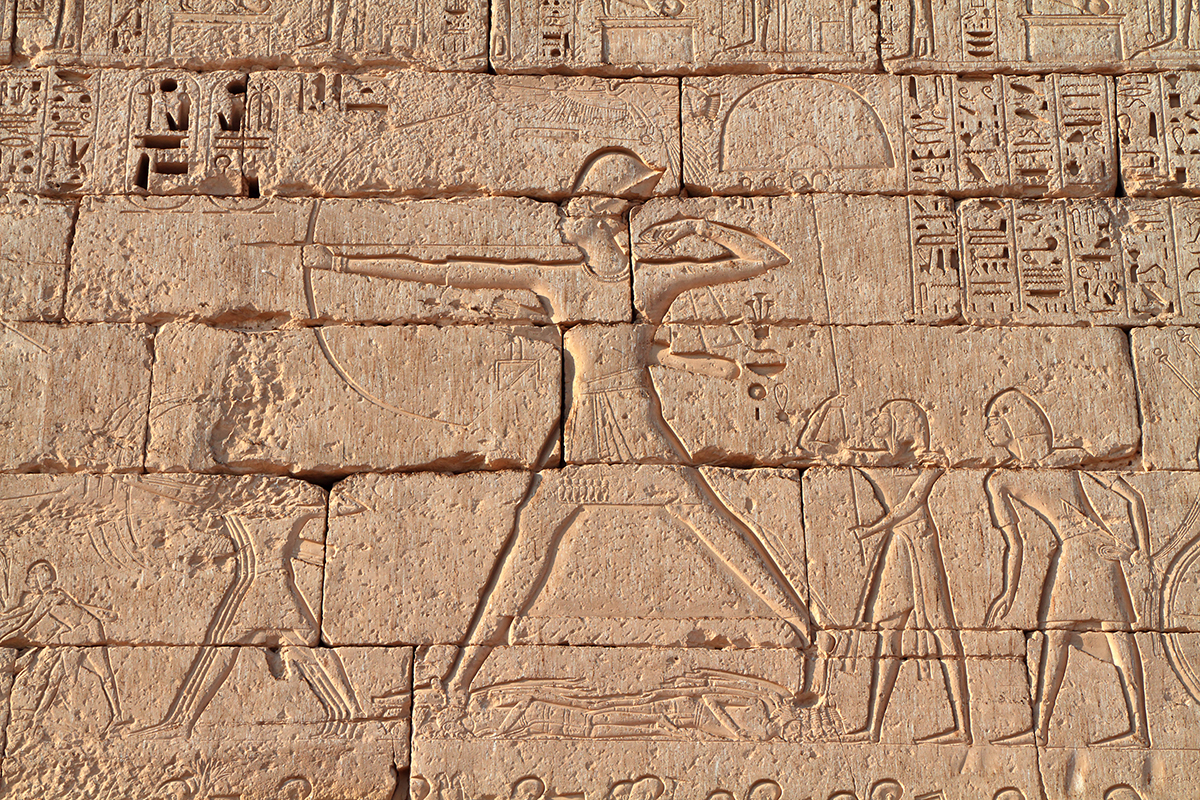The Philistines, often depicted as adversaries in biblical narratives, are an ancient people whose origins have long intrigued historians and archaeologists. This article explores the cultural fusion of the Philistines and their Aegean origins, shedding light on the complex interplay of migrations, trade, and societal interactions that shaped the unique identity of this enigmatic group.
1. Philistines in Biblical Narratives:
The Philistines play a prominent role in the Hebrew Bible, particularly in the stories of Samson, David, and other biblical figures. Often portrayed as foes of the Israelites, the Philistines' presence in the biblical narrative raises questions about their origin, cultural practices, and the nature of their interactions with neighboring peoples.
2. Aegean Connection:
Scholars and archaeologists have long associated the Philistines with the Aegean world, pointing to evidence that suggests a connection with regions such as the eastern Mediterranean, particularly the Aegean islands and coastal areas. This Aegean connection is evident in various aspects of Philistine material culture, from pottery styles to architectural elements.
3. Migration and Settlement:
The Philistines are believed to have migrated to the eastern Mediterranean during the late Bronze Age, around the 12th century BCE. The causes of this migration remain debated, with factors such as political upheaval, climate change, or economic motivations considered as possible catalysts. The Philistines settled in the coastal plain of Canaan, particularly in cities such as Ashkelon, Ashdod, Ekron, Gath, and Gaza.
4. Distinctive Material Culture:
One of the key indicators of the Philistines' Aegean origins is their distinctive material culture. Archaeological excavations have revealed pottery styles, architectural techniques, and artistic motifs that bear resemblance to Aegean traditions. Notable among these is the Philistine Bichrome pottery, characterized by its unique combination of red and black pigments.
5. Trade and Cultural Exchange:
The coastal location of Philistine cities positioned them as active participants in maritime trade networks. This exposure to diverse cultures facilitated cultural exchange and influenced the development of a hybrid identity that incorporated elements from both Aegean and local Canaanite cultures. The Philistines' engagement in trade also contributed to the prosperity of their city-states.
6. The Philistines and Iron Age Politics:
As the Iron Age unfolded, the Philistines found themselves entangled in the complex political landscape of ancient Canaan. Their city-states became significant players in regional conflicts, forging alliances and facing opposition from neighboring powers, including the Israelites.
7. Archaeological Discoveries:
Excavations at Philistine sites, such as Ashkelon and Ekron, have yielded a wealth of archaeological evidence, providing insights into the daily life, religious practices, and social structures of the Philistine culture. These discoveries continue to contribute to our understanding of the Philistines and their Aegean roots.
8. Cultural Impact and Transformation:
The cultural fusion of the Philistines reflects the dynamic nature of ancient societies. The blending of Aegean and local elements resulted in a distinctive identity that left a lasting impact on the cultural landscape of the eastern Mediterranean. This fusion is evident in various aspects, including art, architecture, and religious practices.
The cultural fusion of the Philistines, rooted in their Aegean origins, adds a nuanced layer to our understanding of the ancient world. The Philistines' migration, settlement, and engagement in trade networks played a pivotal role in shaping their unique identity. The blending of Aegean and local Canaanite elements created a cultural tapestry that left an indelible mark on the historical and archaeological record. As ongoing excavations and research continue to unveil new insights, the story of the Philistines serves as a testament to the complexity of ancient interactions and the rich tapestry of cultures that flourished in the eastern Mediterranean.




